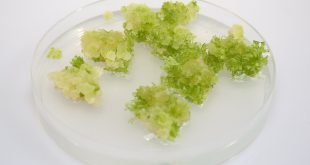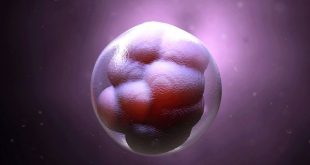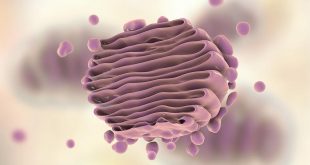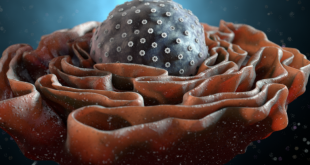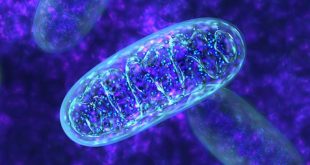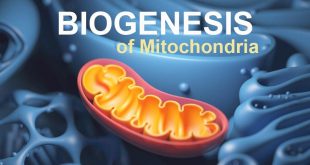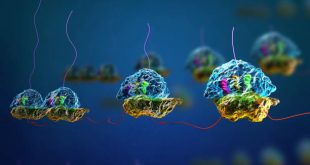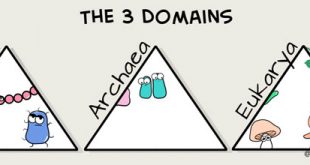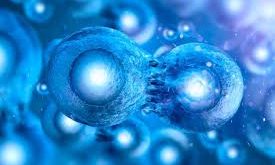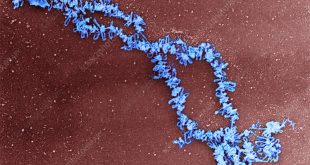Callus culture is a widely used technique in plant research and breeding. It involves inducing the formation of calluses, which are undifferentiated masses of cells that can be regenerated into whole plants. Establishing and maintaining calluses in tissue culture is a crucial step in many plant research studies. However, it …
Read More »Cellular Totipotency: From A Single Cell to A Fully-Formed Organism
Creating a fully-formed organism from a single cell is one of the most remarkable feats of biology. While this may seem like a daunting task, every living organism begins its life as a single cell that has the potential to differentiate and develop into every type of cell found in …
Read More »Golgi Apparatus: The Traffic Police of Cell
Golgi apparatus is ubiquitous in cells. They are found in living cells of both animals and plants and are a dynamic structure. In animals, Golgi bodies usually appear morphologically as a cluster in one part of the cell and are interconnected with one another through tubules like a fibrous network. …
Read More »Endoplasmic Reticulum: Discovery, Structure, & Function
The ER is the most extended organelle in plenty of eukaryotic cells: on average it occupies 10% of the cellular volume (Eelco and Roberto, 2016). The endoplasmic reticulum (ER) is a large, continuous organelle that extends throughout the entire cell (Eelco and Roberto, 2016). The ER not only is the …
Read More »Mitochondria: The Powerplant for Eukaryotic Cells
Mitochondria is a plural term. The sole form of mitochondria is the mitochondrion. The Greek word ‘Mito’ means thread and ‘Condrion’ means granule. So we can say, mitochondria are thread-like or granular structures. They are found in the eukaryotic cells. We know them as the cell powerhouse or the cell …
Read More »Biogenesis of Mitochondria: Hypotheses and the Formation
All of us know that a living being always rises from another living being. Similarly, in terms of biology, biogenesis is a life-forming process. We also know that calls can have a variety of numbers of mitochondria according to their need. So mitochondrial biogenesis means the process of cells increasing …
Read More »Ribosome: The Protein Factory of Cell
When we observe a living cell, we can see a variety of living bodies of definite structures and functions suspended in the cytoplasm, known as organoids or organelles. These organelles are the main sites for various cytoplasmic activities. Some of these are concerned with the chemical activities or metabolism of …
Read More »Classification of Life: The Three Domain Concept
A domain is the highest taxonomic level of species in biology. In 1977, Woese and his coworkers developed the groundbreaking three-domain system. They proposed this classification based on differences in the sequences of nucleotides in the cell’s ribosomal RNAs (known as 16S rRNA). They created the first worldwide tree of …
Read More »Meiosis: Reductional Division
In order to grow, cells have two options. They must either replicate themselves to create more cells, or the cells themselves must expand in volume. In humans, tissues such as the skin and blood contain cells that are actively dividing, while other tissues such as fat contain cells that expand. …
Read More »Variation in Chromosome Types: The Lampbrush Chromosome
If we observe the nucleus of each cell, we’ll find that the DNA molecule in it is packaged into thread-like structures. These are called chromosomes that carry hereditary information for everything, i.e., height to eye color. These chromosomes are made up of DNA that is tightly coiled many times around …
Read More » Plantlet The Blogging Platform of Department of Botany, University of Dhaka
Plantlet The Blogging Platform of Department of Botany, University of Dhaka
